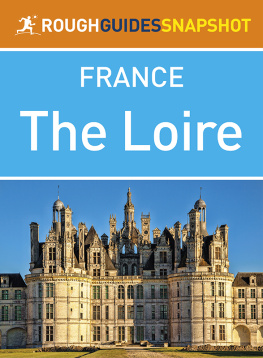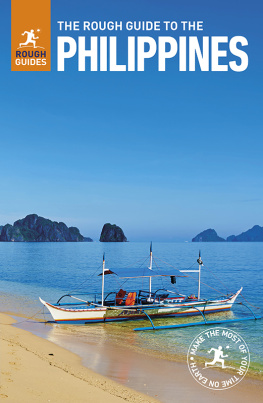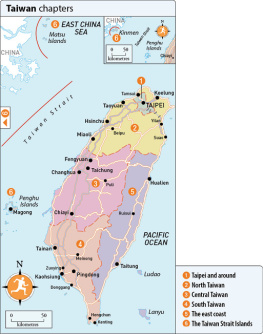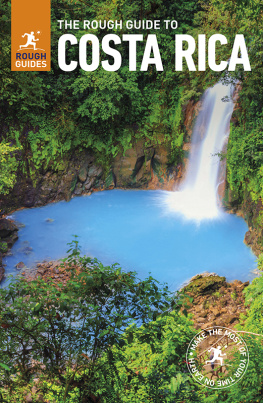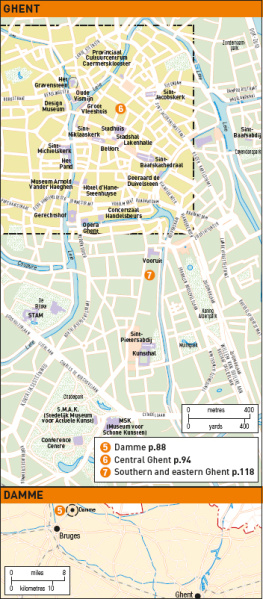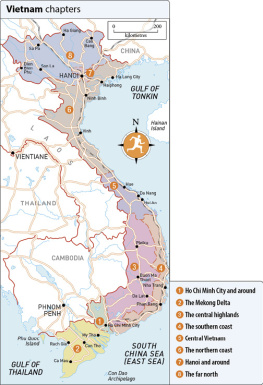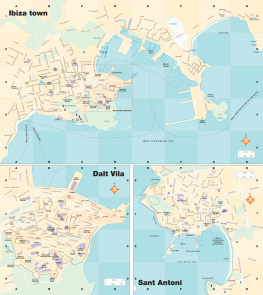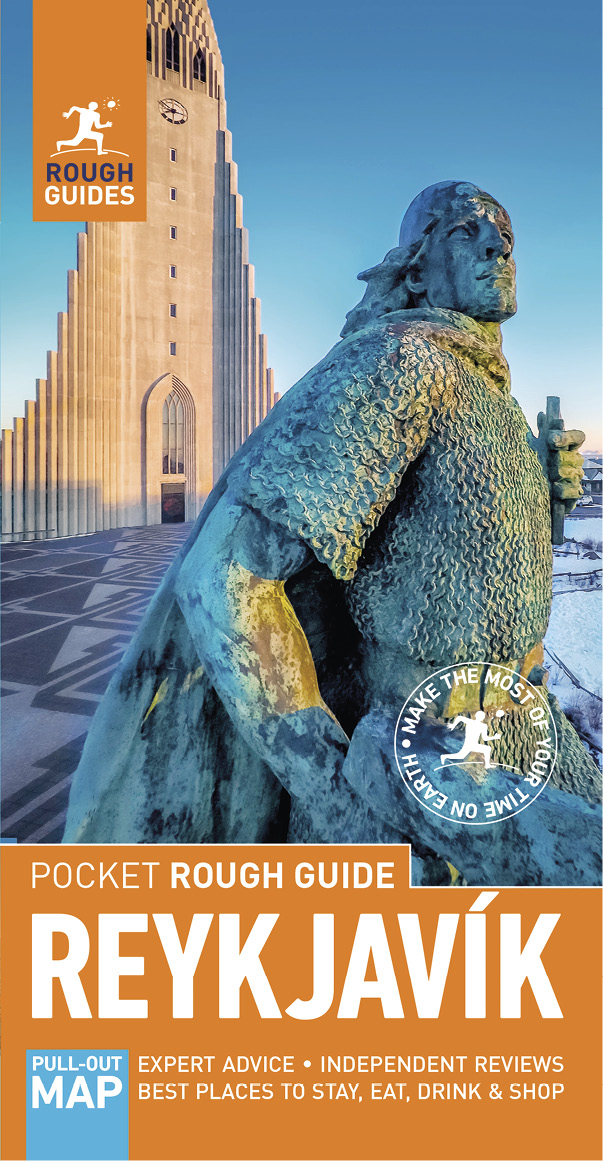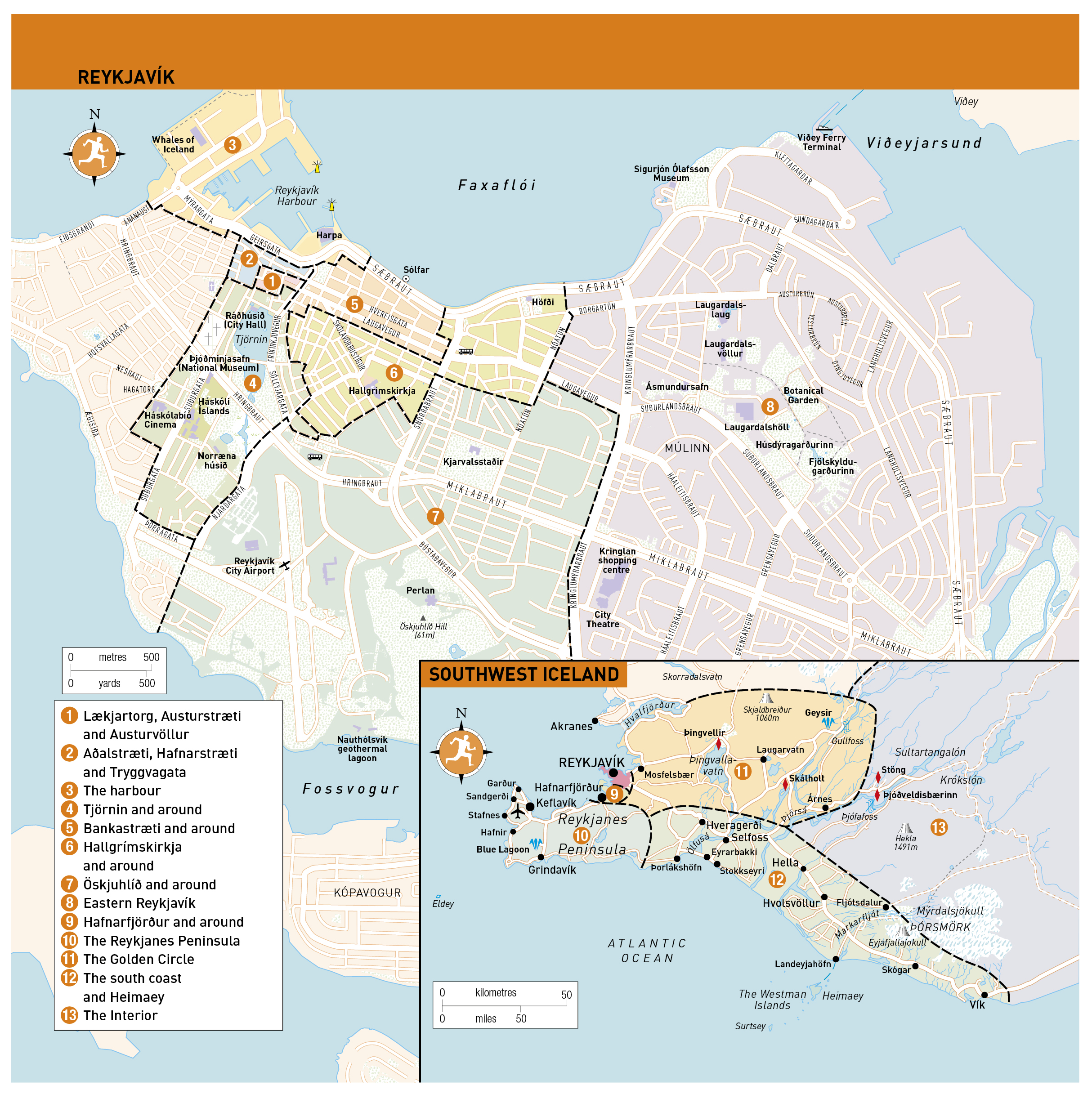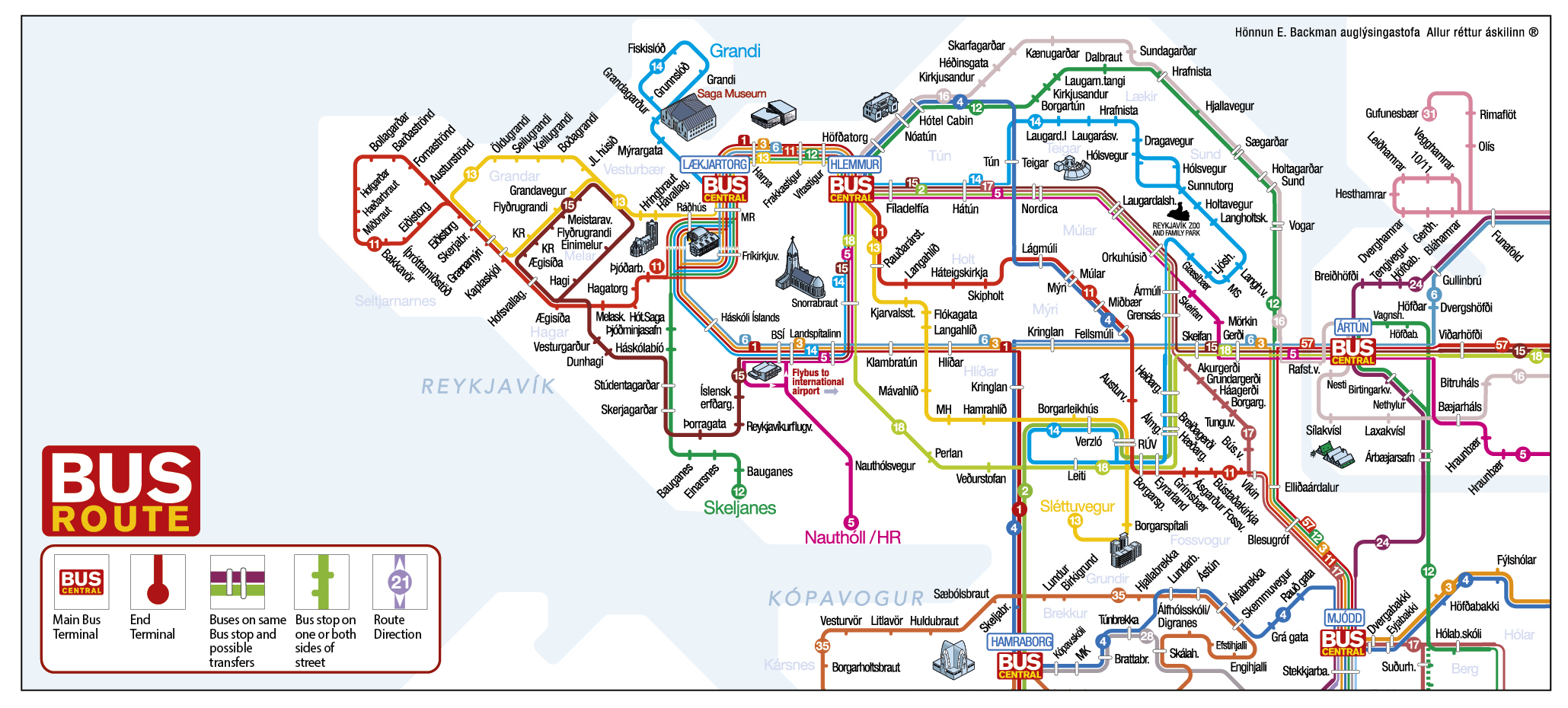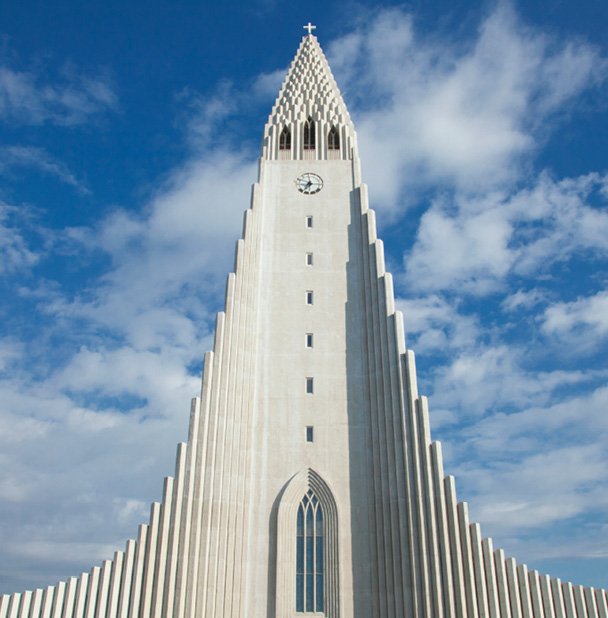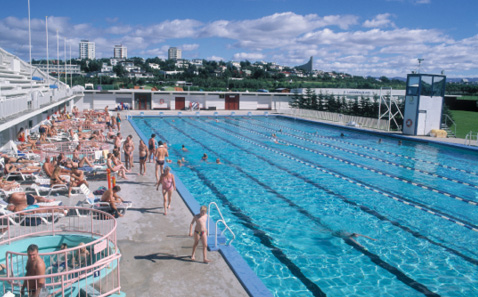From the covers all the practical information youll need, from public transport to opening hours and festivals. A handy chronology and useful language list round off the guide.
Depending on your hardware, you can double-tap on the maps to see larger-scale versions, or select different scales. The screen-lock function on your device is recommended when viewing enlarged maps. Make sure you have the latest software updates, too.
If youre more used to the traffic-clogged streets of other major European cities, Reykjavks sense of space and calm will come as a breath of fresh air. That said, the worlds most northerly capital still dwarfs Icelands other built-up areas, with the Greater Reykjavk area home to two out of every three Icelanders. The atmosphere generated by this bustling port, with its highbrow museums, colourful streets and buzzing nightlife, has earned the city a reputation for hedonistic revelry which draws visitors from across the globe, in record-breaking numbers and its popularity shows no signs of waning.
When to visit
Icelandic weather is notoriously unpredictable. In summer, Reykjavk tends to be cloudy and showery, though there can be long, clear spells of sunny weather, too. However, one thing is consistent its never really warm. Summer in Reykjavk is more about the long daylight hours than a sudden surge in temperature the average summer range in the city is 814C. Since Reykjavk lies south of the Arctic Circle, it doesnt experience true Midnight Sun, though nights are light from mid-May to early August. Conversely, in winter, days are short and dark at the shortest time of the year, in December, the sun doesnt rise until around 10.3011am, setting again just a couple of hours later. Between September and January, theres a good chance of seeing the Northern Lights. During winter, storms are frequent and temperatures tend to hover a few degrees either side of freezing point.
Split roughly into two halves by the brilliant waters of Tjrnin lake, the tiny city centre is more a place to amble around and take in the suburban-looking streets and corner cafs than somewhere to hurtle about, ticking off attractions. Reykjavk lacks the grand and imposing buildings found in other Nordic capitals, possessing instead apparently ramshackle clusters of houses, either clad in garishly painted corrugated iron or daubed in pebbledash as protection against the ferocious North Atlantic storms. This rather unkempt feel, though, is as much part of the citys charm as the views across the sea to glaciers and the sheer mountains that form the backdrop to the streets. Even in the heart of this capital, nature is always in evidence there can be few other cities in the world, for example, where greylag geese regularly overfly the busy centre, sending bemused visitors, more accustomed to pigeons, scurrying for cover.
In the midst of the essentially residential city centre, it is the Hallgrmskirkja, a gargantuan white concrete church towering over the surrounding houses, that is the most enduring image of Reykjavk. Below this, the elegant shops and stylish bars and restaurants that line the main street and commercial thoroughfare of Laugavegur are a consumers heaven. The central core of streets around Laugavegur and Sklavrustgur is where youll find a range of engaging museums, too. The displays in the Landnmssning and the Saga Museum, for example, offer an accessible introduction to Icelands stirring past; while whale-watching and puffin-spotting tours from the city harbour give you a chance to experience Icelandic nature up close.
If you have some time to spare, its well worth venturing outside the city limits to explore some of southwest Icelands greatest attractions. Top of everyones list is the erupting geyser known as Strokkur, plus the nearby rift valley, ingvellir, where you can see a clear split in the earths tectonic plates; both are easily accessible on day-trips from the capital. A little further afield, the Westman Islands, scene of the famous 1973 volcanic eruption, beckon enticingly, while the rugged natural beauty of orsmrk national park and the Landmannalaugar geothermal springs which mark the jumping-off point into Icelands remote and uninhabited Interior are equally worthy of your time.
The Northern Lights over Reykjavk Harbour
Best places to swim
Reykjavk has several excellent swimming pools to choose from. The biggest is Laugardalslaug, with outdoor pools and hot pots. Following extension work in 2017, Sundhllin now boasts a large new outdoor pool, in addition to its exisiting indoor one. It also has hot pots and sun terraces. Most visitors cant wait to try the geothermal hot pots and sea lagoon at Nauthlsvk, where theres also a glorious sandy beach. Wherever you swim, you must shower thoroughly without a swimming costume before entering the water, since it is not treated with chlorine.
Laugardalslaug
Where to
Shop
Reykjavks main thoroughfare, Laugavegur, and the Kringlan shopping centre are where youll find most of the citys shops. That said, Sklavrustgur is beginning to ramp up its act and now comes a close second to Laugavegur. Remember that most goods are available at tax-free prices when exported from Iceland ask in store when browsing for details of the cash refund youre entitled to. Particularly good-value purchases include anything made of wool from traditional sweaters, gloves and scarves to blankets, shawls and hats.
Our favourites: .
Eat
The one thing every visitor remembers about a visit to Reykjavk is eating the freshest fish they have ever tasted. In fact, there are many Icelanders who simply refuse to order fish when they travel abroad, because it doesnt taste like it does at home. In recent years theres been a veritable explosion in the number of fish restaurants in Reykjavk, serving unusual options such as catfish and blue ling alongside more common species like cod and haddock. The other Icelandic staple is mountain lamb, which is as succulent as you would expect, and available in most restaurants. Look out for lunchtime specials (often set menus) when prices are much lower than in the evening.


